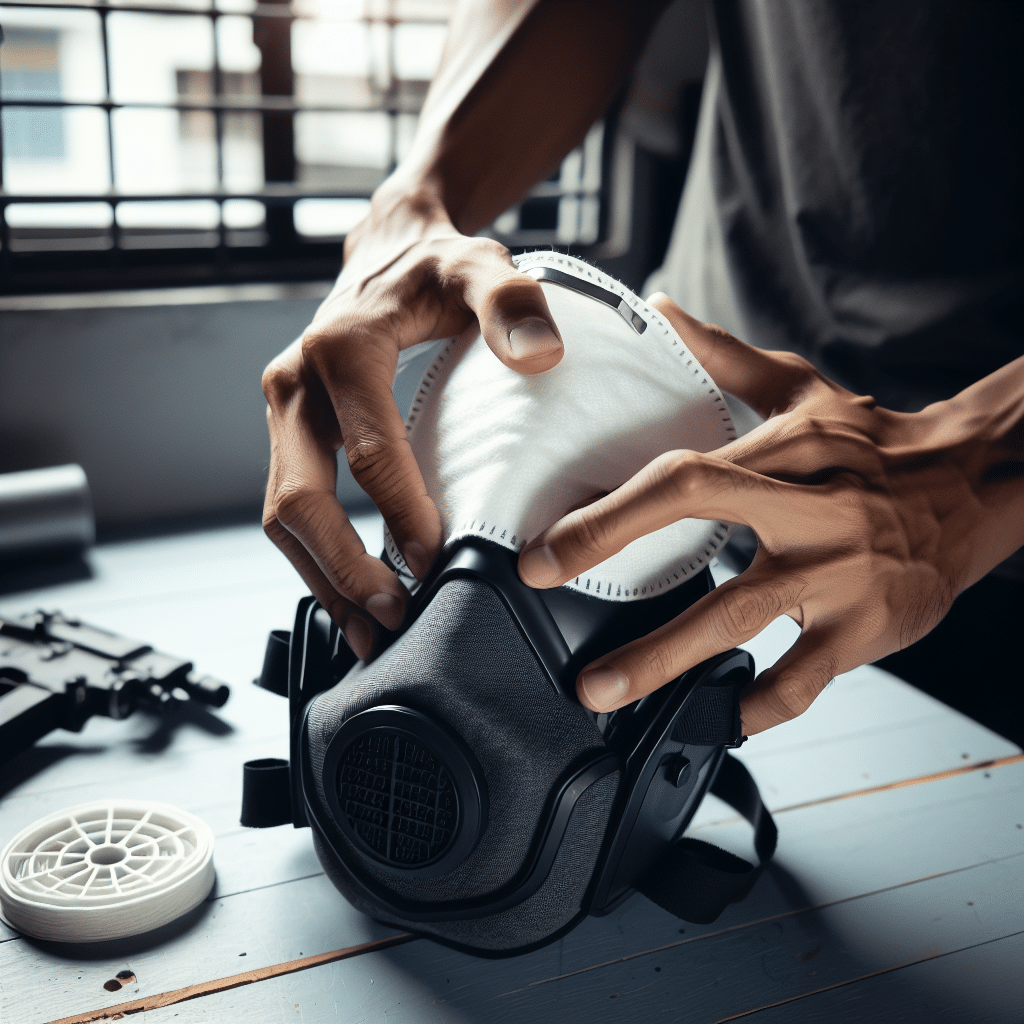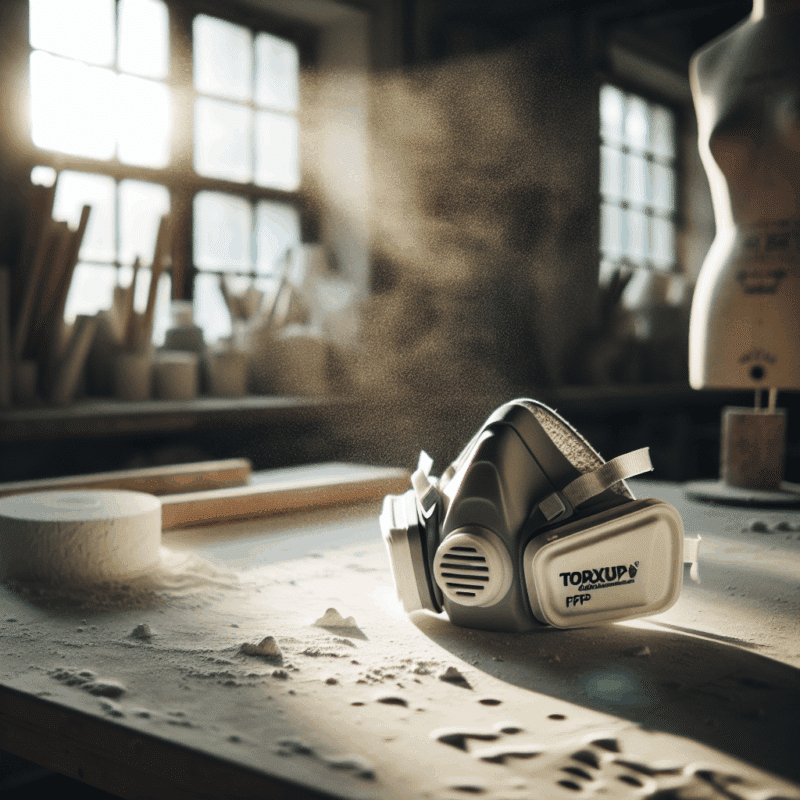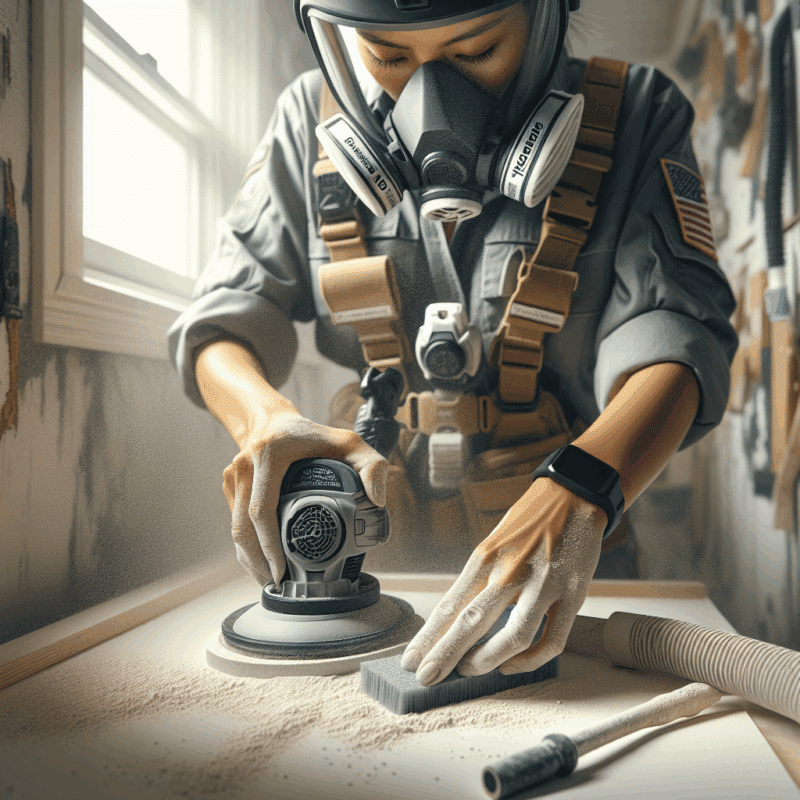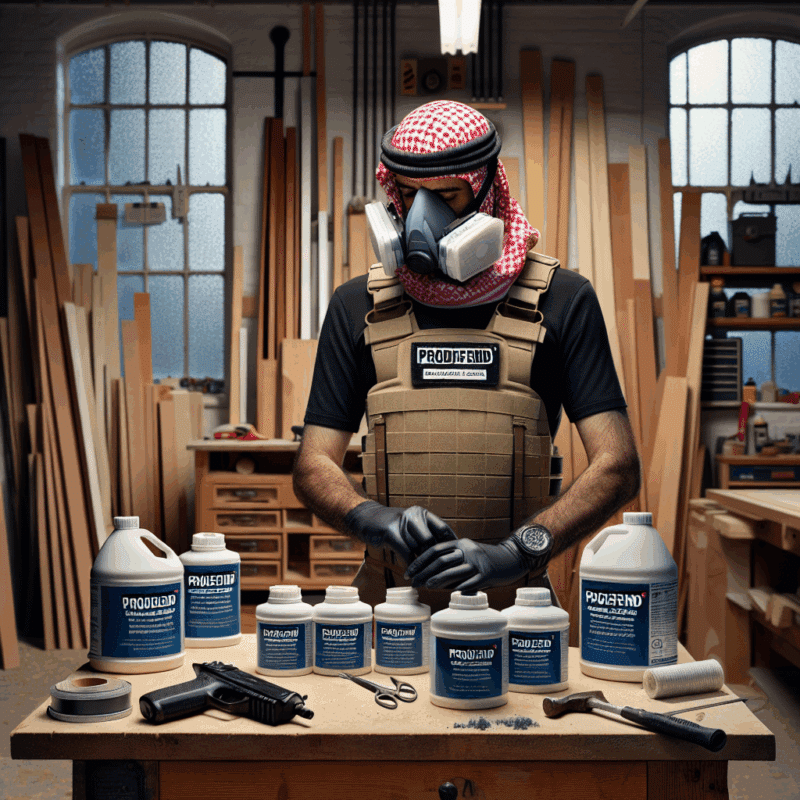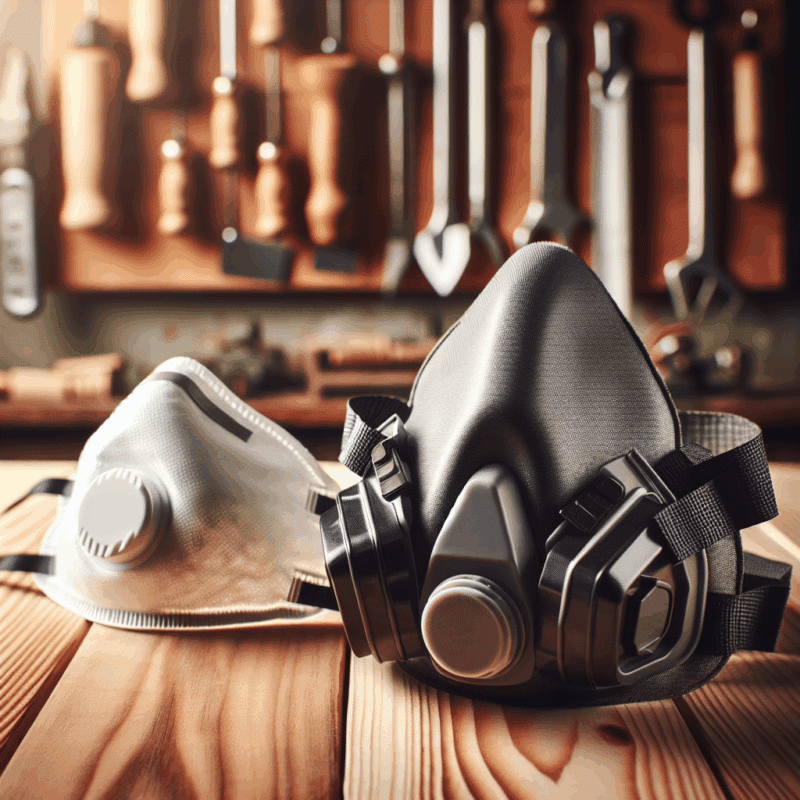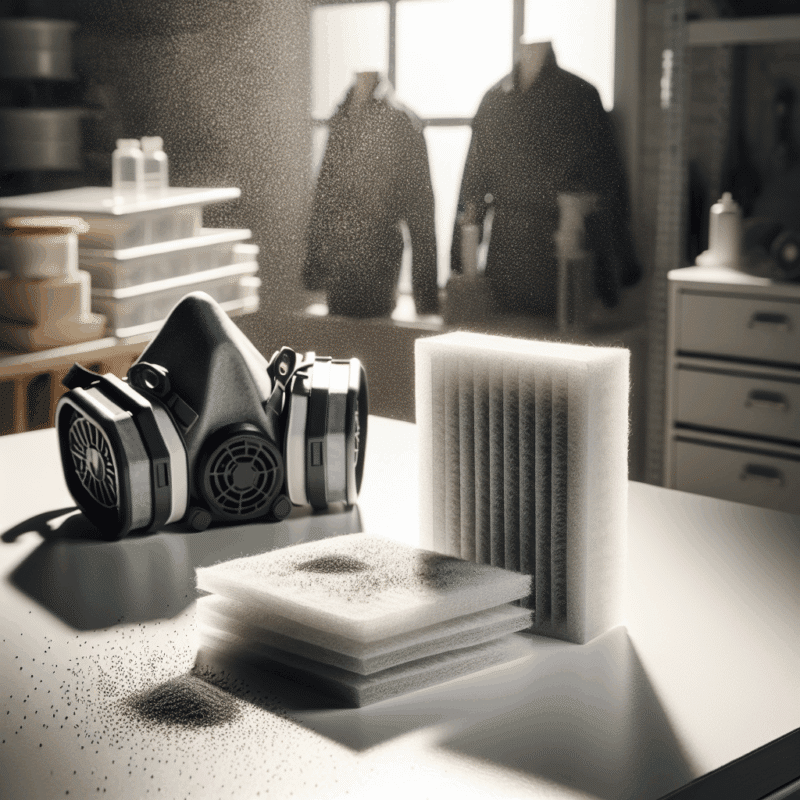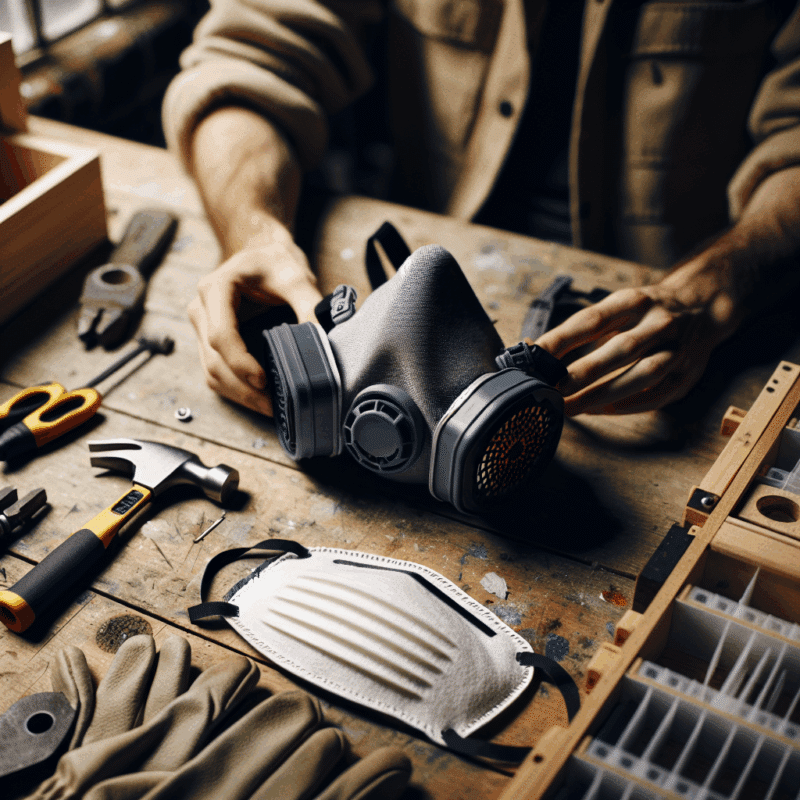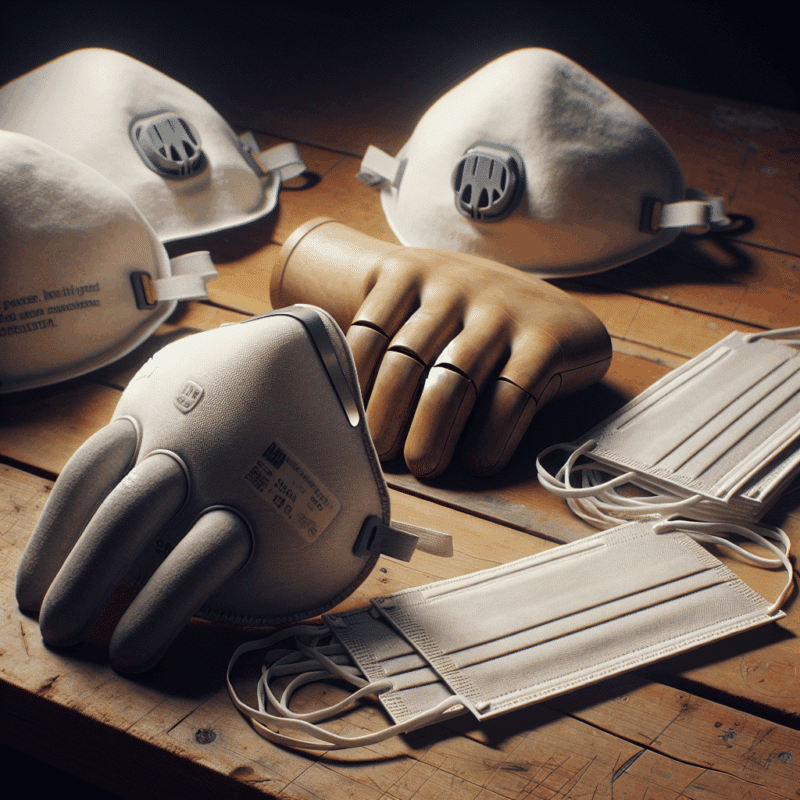Fast Filter Swap: Expert Tips for FlowCore & ProDefend Masks
In This Article
- Perform a fast filter swap before airflow becomes restricted.
- Always inspect new filters before installation.
- Keep your mask’s compatibility guide and change log handy.
- Consider optional tools for safer, cleaner swaps.
- Buy only certified filters through trusted sources.
Why Filter Replacement Matters for Masks
Health, safety, and efficiency in every breath
Every time you inhale through a respirator or protective mask, you rely on its filter to act as the first line of defence against harmful particles, gases, and biological contaminants. But what happens when that filter becomes clogged or inefficient? Enter the necessity of a fast filter swap. By promptly replacing an old or saturated filter with a new one, you ensure the mask continues providing optimal protection with minimal downtime.
Filters within FlowCore and ProDefend mask systems are engineered for both performance and durability. However, they aren’t indestructible. Over time, particles build up, reducing air flow and increasing breathing resistance. This not only affects comfort but dramatically reduces protective capability. For professionals working in construction, manufacturing, or healthcare, staying protected isn’t just a necessity—it’s a non-negotiable aspect of job safety standards.
Furthermore, a neglected filter can lead to hazardous exposure, reduced filter lifespan, and even damage mask components, resulting in increased costs and potential health risks. With a consistent routine for filter maintenance and dedicated attention to timely replacement, users maintain peak filtration efficiency, preserve mask integrity, and avoid exposing themselves to danger. Ultimately, embracing the fast filter swap process translates into fewer risks and greater peace of mind.

How to Perform a Fast Filter Swap
Step-by-step guide for FlowCore and ProDefend filters
Executing a fast filter swap with FlowCore or ProDefend masks is simpler than many might think, provided you follow a systematic approach. Here’s a quick breakdown of how to replace your mask’s filter safely and efficiently:
Step 1: Prepare Your Workspace
Ensure your hands are clean and dry. It’s best to do the swap in a clean, dust-free environment, ideally indoors.
Step 2: Remove the Mask Carefully
Take off your mask using the straps, avoiding contact with the front facepiece or old filter to prevent contamination.
Step 3: Detach the Used Filter
Depending on your model, unscrew or unclip the cartridge or panel housing the filter. Be sure to twist gently if using the FlowCore twist-lock system.
Step 4: Dispose of the Old Filter
Used filters should be disposed of according to local safety protocols. Do not touch the interior of the used filter media.
Step 5: Install the New Filter
Align the new filter with the inner valve or twist-latch connection. Push or twist until you feel a snug, secure fit.
Step 6: Run a Seal and Function Check
Once installed, do a basic seal check: place your hand over the filter inlet and inhale slightly—if the mask collapses slightly without air leakage, you’ve achieved a good seal.
Step 7: Log the Change
Especially useful in work environments, keeping a digital or written log of changes helps maintain a proactive maintenance schedule. Consider syncing this with your PPE tracking software.
“A fast filter swap not only ensures higher safety—it determines how efficiently you can continue your mission in the field.” – Senior PPE Specialist, FlowCore Division
Understanding Filter Lifespans
When is it time to change your mask filter?
Knowing when to initiate a fast filter swap often comes down to recognising signs of wear and understanding environmental factors. While FlowCore and ProDefend filters are designed for extended use, several conditions demand attention:
Breathing Resistance: A noticeable increase in difficulty while breathing is a strong indicator. This happens when particulates clog the filter media, reducing airflow.
Odour Penetration: If you start detecting chemical fumes or strong odours through the mask, it likely means the filter’s adsorption capacity has been exceeded.
Time-Based Intervals: Most manufacturers provide specific usage timelines—often ranging between 8-40 hours depending on the application. Make sure you follow the guidance provided in the FlowCore and ProDefend user manual.
Visual Inspection: Some filters—especially P100s or HEPA cartridges—may show discolouration or consistent external buildup that signals excessive exposure.
Environmental factors significantly affect filter longevity as well. High-dust areas or those with volatile chemical agents will naturally shorten lifespan. For users working in critical industrial workflows or volatile environments, swapping filters more frequently ensures complete and ongoing protection.
Why Fast Filter Swaps Save Time for Professionals
Streamlining safety routines on the job
In time-sensitive settings like emergency response, fabrication, or high-traffic medical departments, even a five-minute delay can pose a serious setback. That’s where perfecting the art of a fast filter swap pays off exponentially. Quick swap routines mean fewer interruptions, uninterrupted productivity, and safer air intake for longer stretches.
Additionally, automation across industries often depends on predictive maintenance schedules, where PPE upkeep is aligned with machine servicing timelines. This approach is only effective if employees know how to conduct fast filter swaps without needing supervision or additional tools. Getting this right boosts workflow, reduces error rates, and brings down operational delays.
Moreover, many sectors, such as pharmaceuticals and food production, rely on cleanroom standards. Within these environments, filter performance isn’t just a recommendation—it’s a regulatory obligation. The time saved through efficient swaps ensures that safety protocols are upheld without pushing deadlines or delaying batch outputs.
Common Mistakes to Avoid During Filter Changes
Get swaps right—every time
Even seasoned professionals can fall victim to small but critical mistakes when engaging in a fast filter swap. Awareness and discipline help eliminate such missteps, saving time and ensuring sustained safety. Below are common pitfalls to avoid:
1. Skipping Pre-Use Inspection: Installing a filter without checking for defects or expiry dates might render it ineffective from the onset.
2. Incomplete Seal Check: Failing to confirm a secure fit may allow unfiltered air into the breathing zone.
3. Touching the Filter Media: Filters can be extremely sensitive to occupational grease, moisture, and oils from the skin, reducing effectiveness.
4. Reusing Single-Use Filters: Attempting to reuse a filter meant for single application undermines its protective properties and can lead to contamination.
5. Wrong Filter Type: Mixing filter grades—like using a chemical cartridge when particular filtration is required—negates protection. Consult your model’s compatibility guide or Learn more about Reusable Mask Maintenance & Filter Replacement to ensure the correct match.
Tools That Help—but Aren’t Required
Optional aids for even smoother mask upkeep
While FlowCore and ProDefend masks are engineered so that a fast filter swap can be performed by hand, certain optional tools can improve ease or hygiene:
Filter Swapping Tongs: These allow for contactless removal of used filters, ideal for biological hazard settings.
Filter Drawer Organisers: Keeping new and used filters separate prevents cross-contamination and helps maintain sterility.
Digital Reminder Apps: Sync change reminders directly to your smartphone using Read a related article to never miss a replacement timetable again.
Pocket UV Scanners: Some professionals utilise UV scanners to assess visual signs of contamination on outer filter shells, particularly in cleanroom or lab environments.
Remember, while helpful, these tools are not necessary. Anyone with basic PPE training can perform a fast filter swap independently—and with full compliance—using only the mask and a new filter cartridge.
Community Tips From Real Users
What DIYers and tradespeople recommend
The insights shared by real-world users often bridge the gap between manufacturer guidelines and jobsite realities. Based on user surveys and reviews, here are practical tips for optimising your fast filter swap experience:
“Always keep at least two replacement filters in your tool bag. Don’t wait until you’re in the red zone.” – Electrician, Kent
“Try marking dates directly on the filters with a fine-tip marker—it helps track age at a glance.” – Metalworker, Birmingham
“We keep a communal chart in our workshop so every technician logs their swaps before and after shift.” – Technician Team, Glasgow
Simple wisdom from peers complements the efficiency of the fast filter swap procedure and accommodates diverse working conditions, use cycles, and risk profiles.
Frequently Asked Filter Questions
FlowCore and ProDefend filter care clarified
Q: How many hours is a FlowCore filter effective?
A: Typically between 16–32 hours, depending on environmental exposure and airflow patterns.
Q: Can I clean and reuse ProDefend filters?
A: Most filters are not designed for reuse. Cleaning them can compromise integrity. When in doubt, replace.
Q: Are filters interchangeable between ProDefend and FlowCore?
A: No. While similar in usage, they are engineered for specific mask models. Always check compatibility charts or verify with Tips for rapid filter changes from real users.
Q: What certifications do these filters meet?
A: Both comply with EN 143 and EN 14387 standards for particulate and gas filtration within EU guidelines. Review official documentation through Techniques for scaling SME operations efficiently.
Where to Buy Official FlowCore & ProDefend Filters
Tried, tested, and ready to swap
To ensure authenticity and performance, always source your replacements from verified distributors or directly from FlowCore and ProDefend’s official channels. Avoid third-party resellers without vetting, as knock-off filters can lack adequate protection and pose serious health risks.
For consumer ease, direct-to-door subscription models and refill packs are now available through most providers. Not only do they reduce the hassle of reordering, but they also help teams standardise their PPE logistics.
Bulk orders and industrial quantities can also be negotiated directly through manufacturers or via their regional partners, offering cost savings without compromising quality.
Wrap-Up: Stay Protected with Quick-Change Filters
Mask filter swaps made second nature
A fast filter swap isn’t just a reactive measure—it’s a proactive commitment to safety, health, and professionalism. Whether you’re on a high-demand construction site, managing cleanroom environments, or maintaining healthcare infrastructure, efficiency matters. Swift filter replacements keep your mask doing what it’s meant to do: protect you, continuously and completely.
To maximise safety and longevity, build a routine around regular inspection, timely filter changes, and smart storage. Invest in reliable gear, adhere to protocols, and lean into know-how from fellow professionals. Mastering the fast filter swap may take a few moments—reaping its protective benefits lasts far longer.
Great guide on fast-filter-swap-flowcore-prodefend – Community Feedback
How do you quickly change FlowCore and ProDefend filters?
Twist off the old filter in seconds, position the new FlowCore or ProDefend filter, align the tabs, and click or twist it into place. No tools required—just a firm grip and a smooth, even motion.
How often should I swap my dust mask filters?
Replace filters when breathing feels restricted or after exposure to heavy dust, but at least every 2–4 weeks for regular DIY or trade use.
Can I reuse FlowCore or ProDefend filters after cleaning?
No, both FlowCore and ProDefend filters are designed for single use and should not be washed or reused. Replace with new filters for effective protection.

